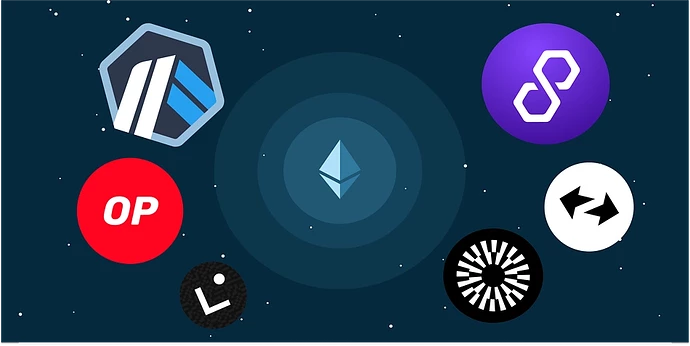Overall
Cryptocurrency technology continues to evolve, and one notable advancement is the introduction of Layer 2. Serving as an upgrade to Layer 1, Layer 2 inherits the positive attributes of its predecessor while addressing critical issues related to scalability, transaction costs, and processing speed. In this article, Bitforum will delve into the features, solutions, and challenges associated with Layer 2 technology.
Understanding Layer 2:
Layer 2 represents a progressive step forward in the world of blockchain technology. Retaining the favorable characteristics of Layer 1, it simultaneously extends the capabilities of the network. The primary goal of Layer 2 is to facilitate the expansion of the cryptocurrency market by effectively resolving challenges present in Layer 1.
Enhanced Transaction Processing:
One of the primary solutions offered by Layer 2 is a more efficient approach to transaction processing. Rather than handling each transaction directly on Layer 1, Layer 2 allows the transfer of processing responsibilities to its domain. This not only reduces the burden on Layer 1 but also accelerates transaction confirmation, providing a faster and more seamless user experience.
Maintaining Security Features:
Layer 2 does not compromise on security. It inherits and upholds the robust security features of Layer 1, ensuring that the advancements in scalability and throughput do not compromise the integrity of the blockchain. As a result, Layer 2 emerges as a holistic solution that not only expands capabilities but also maintains the trust and security inherent in blockchain technology.
The Layer 2 Solution for Cryptocurrency Markets:
For the cryptocurrency market to progress further, addressing the limitations of Layer 1 is crucial. Layer 2 offers a compelling solution by allowing transactions to be processed on its layer, reducing the strain on Layer 1. This approach not only enhances scalability and throughput but also significantly reduces transaction processing costs, creating a more favorable environment for potential traders entering the decentralized financial market.
Evaluating the Pros and Cons:
While Layer 2 brings promising advancements to the table, it is essential to acknowledge its limitations. Despite improvements in cost efficiency compared to Layer 1, the expenses associated with Layer 2 transactions can still be relatively high. Additionally, as a relatively new concept, Layer 2 projects face challenges and require time for further development and innovation.
Fragmented Liquidity:
One notable challenge is the fragmentation of liquidity. The absence of a complete Cross-chain bridge solution results in fragmented liquidity, impacting the overall liquidity of the cryptocurrency market. This issue poses a significant hurdle that the cryptocurrency community needs to address collectively.
Summary:
The blockchain trilemma, encompassing scalability, decentralization, and security, forces developers to make trade-offs to ensure effective functionality. Bitcoin and Ethereum, for instance, prioritize security and decentralization at the expense of scalability. While these networks maintain a secure and distributed ledger, the continuous growth in network users leads to lower transaction speeds.
Layer 2 technology stands as a pivotal development in the evolution of cryptocurrency. Its ability to enhance scalability, reduce transaction costs, and maintain security features positions it as a key player in shaping the future of blockchain technology. While challenges persist, the ongoing innovation and collaborative efforts within the cryptocurrency community are likely to pave the way for further advancements and broader adoption of Layer 2 solutions. As the technology matures, Layer 2 holds the potential to redefine how we perceive and engage with cryptocurrency transactions.
https://bitforum.net – Crypto forum discussions about all aspects of cryptocurrency bitforum socialfi #InnovationSocialNetwork
